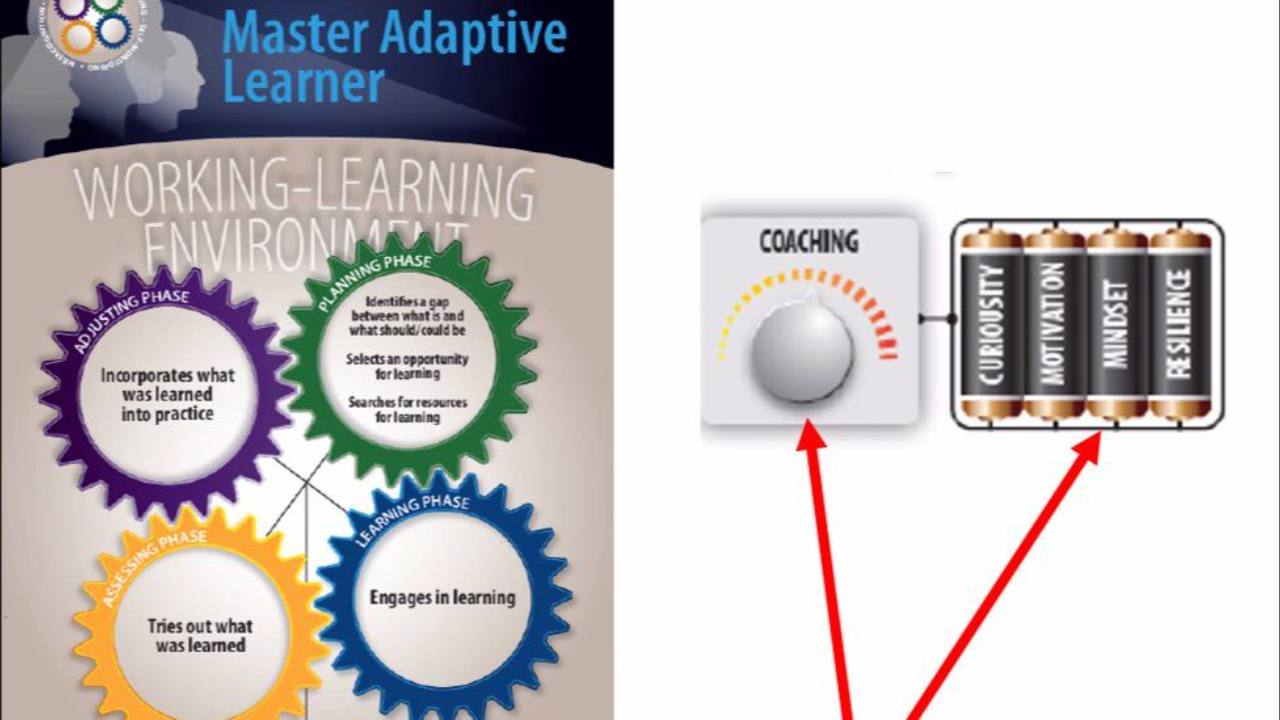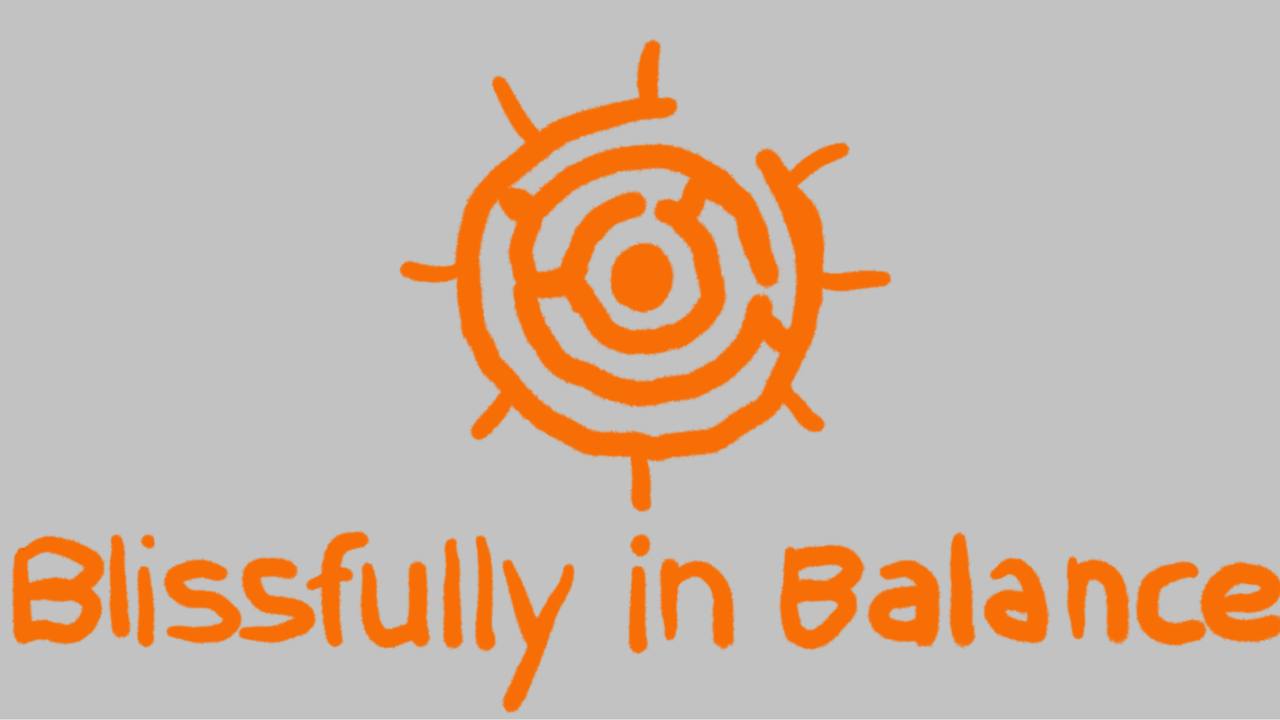🧠⚽ Rehab Reimagined: Engaging Tools for Concussion & ACL Recovery
Rehabilitation that is interactive, purposeful, and playful not only boosts motivation but strengthens the brain–body connection. Whether recovering from a concussion or ACL reconstruction, integrating tools that target reaction time, dual tasking, visual–cognitive processing, and perception–action coupling builds adaptable athletes and confident movers.
🎯 Reaction Time & Decision-Making
Tools we love:
-
Blazepod® / FitLight®: Reactive light pods for speed, agility, and directional decision-making.
-
SwitchedOn® App: Portable app using randomized cognitive and visual cues for reaction and agility drills—ideal for both clinic and field.
-
Vector® Ball / Qball®: Interactive light-cue balls that train eye–hand coordination, predictive timing, and fast-twitch neuromuscular response.
-
Low-tech alternative: Color-coded cones or verbal cues layered with quick-change movement patterns.
Clinical takeaway: Reaction-based tools improve cortical engagement, neuromuscular responsiveness, and anticipatory control for safe return to activity.
🧩 Dual-Task & Cognitive-Motor Integration
In practice:
-
Combine SwitchedOn® cues with step-ups, hops, or dynamic balance to simulate reactive, sport-specific decision-making.
-
Integrate Qball® tasks during single-leg stability drills or agility ladders to layer cognitive demand over physical effort.
-
Add cognitive challenges (recall, math, sequencing) while maintaining proper form and movement speed.
Why it matters: Many patients perform well in isolation but struggle when attention is divided—dual-task training helps bridge that gap.
👀 Visual-Cognitive Training
Tools we use:
-
Brock String / Marsden Ball: For convergence, tracking, and depth perception.
-
Dynavision® D2 / BITS Board: To improve visual scanning and reaction accuracy.
-
Senaptec® Strobe Glasses: For intermittent visual occlusion and motor control refinement.
-
Vector® Ball / Qball®: Promote scanning, anticipation, and peripheral awareness under variable timing.
Why it matters: Strong visual-cognitive function enhances postural stability, spatial orientation, and coordinated response—critical in both concussion and ACL rehabilitation.
🏃 Perception–Action Coupling & Motor Planning
In practice:
-
Pair SwitchedOn® App or Vector® Ball cues with agility direction changes or reactive sprint starts.
-
Use Qball® circuits to challenge anticipation and quick decision-making under pressure.
-
Incorporate mirror or obstacle navigation drills requiring constant movement adaptation.
-
Layer VR or AR simulations to replicate unpredictable, real-world conditions.
Why it matters: Restoring the link between what an athlete sees, decides, and does supports readiness and reduces re-injury risk.
⚙️ Progressing with the Visual–Cognitive Chaos Continuum (VCCC) from ACL Rehab
The VCCC provides a framework for systematically increasing complexity from controlled to chaotic movement and decision-making. Use it to scale any of the tools above across five progressive stages:
| Continuum Stage | Environment Type | Cognitive Load | Task Example |
|---|---|---|---|
| 1️⃣ Controlled | Stable, predictable | Low | Stationary Blazepod® taps or Brock string fixation tasks |
| 2️⃣ Variable | Slightly changing environment | Moderate | SwitchedOn® color cues during static balance |
| 3️⃣ Complex | Multi-directional, multi-sensory input | Moderate–High | Vector® Ball catch-and-release on unstable surface |
| 4️⃣ Dynamic | Reactive, unpredictable | High | Qball® toss with dual-task math recall or direction changes |
| 5️⃣ Chaotic | Real-world, sport-specific | Very High | Reactive field drills using SwitchedOn® and agility components under fatigue |
Clinical application:
-
Move along the continuum only when movement control, balance, and symptom tolerance allow.
-
Document reaction accuracy, visual scan speed, and cognitive task success to quantify progression.
-
Combine dual-task and chaos elements for high-level return-to-sport readiness.
💡 Integration Tips
1️⃣ Start with visual focus and static balance.
2️⃣ Add light-cue or app-based reaction components.
3️⃣ Introduce unpredictable movement via Vector® Ball or Qball®.
4️⃣ Advance toward cognitive-motor chaos—decision-making, fatigue, and environmental unpredictability.
Each stage builds neural adaptability, motor coordination, and resilience—key to performance and prevention.
✨ The Takeaway
Rehab should look and feel like the demands of real life and sport. By layering technology, creativity, and the Visual–Cognitive Chaos Continuum, clinicians can deliver evidence-based progression that’s both measurable and motivating.





Responses